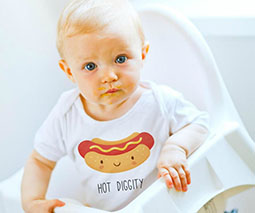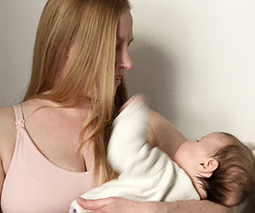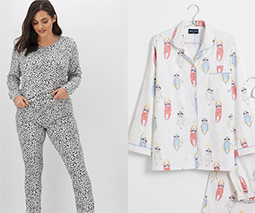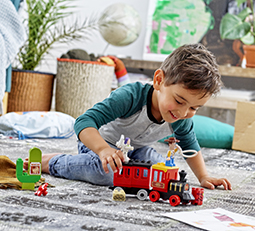Don’t freak out, but ALL little boys used to wear dresses and nobody cared!
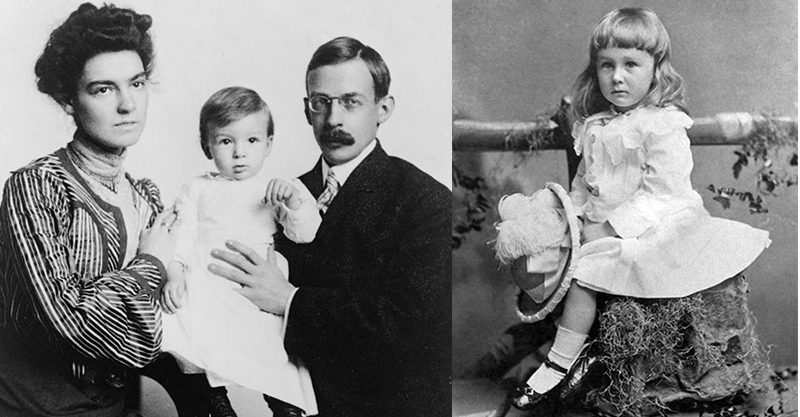
Can you even believe that such a fuss is made of boys wearing dresses and skirts? Fact is that up until the early 20th century, little boys wore dresses and gowns well into their preschool years, and often beyond.
Once upon a time, all little boys wore dresses
In Western European countries, boys would be dressed like this until anything from 2 to 8 years old, with some boys documented wearing dresses into the late teens.
“Boys’ dresses were often made in brighter or darker colours and in plainer or stronger fabrics, and might have had chunky belts and trimmings and large metallic buttons, none of which were typical of girls’ dresses,” the V&A Museum of Childhood explains.
“Boys’ dresses were more tailored in appearance, and often had features associated only with clothing for boys, such as the opening down the front of the skirt, fashionable in the 1810s and 1820s.
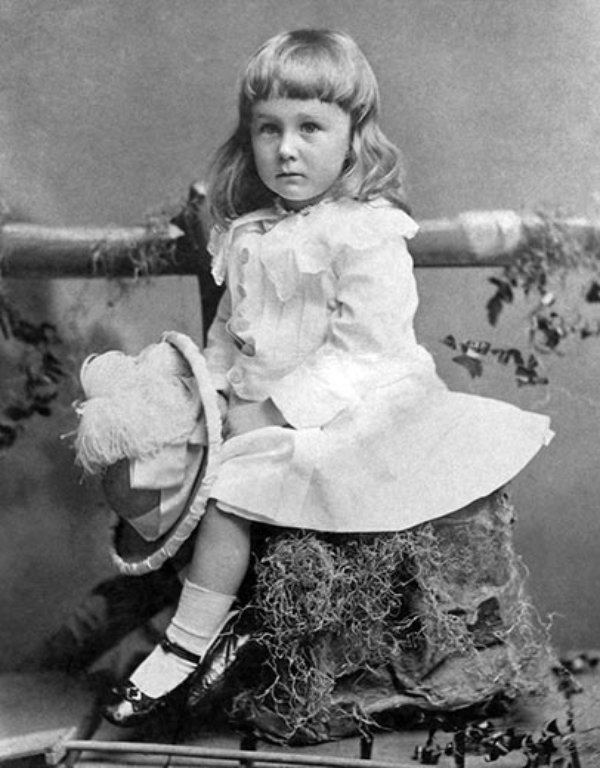
Franklin D Roosevelt in 1884, aged 2 / image via Wikipedia
Why tho?
It’s thought that all young children – boys and girls – wore dresses to make nappy changing and toilet training easier. Some toddler gowns also had practical features, with fabric or ribbon ties sewn to them, as a kind of “lead” to keep them close and support them as they learnt to walk. Dresses were economical and practical, and had plenty of room for growing children (which pants did not!)
Read more about parenting and history:
- 10 must-see photos that show what giving birth used to look like
- We’re still recovering from The Queen’s “twilight birth” scene in The Crown
- Loving mum-of-9 Queen Victoria thought babies were ugly and hated breastfeeding
Eventually, more practical child-friendly clothing started to be adopted. (For example garments like rompers that kids could climb and lark about it in.)
Then, once boys were old enough to do up the fastenings on pants – or old enough to be sent to work – they were allowed to wear pants instead.

English breeching portrait, circa 1867 / image via Wikipedia
Pants ceremony
A little boy’s move from these dresses to pants was called “breeching” and it marked a transition out of babyhood and his mother’s exclusive care, and more involvement from his dad.
When a boy was breeched, he often got his first Big Boy haircut, and was sometimes given a toy sword, to mark this big shift in his life.
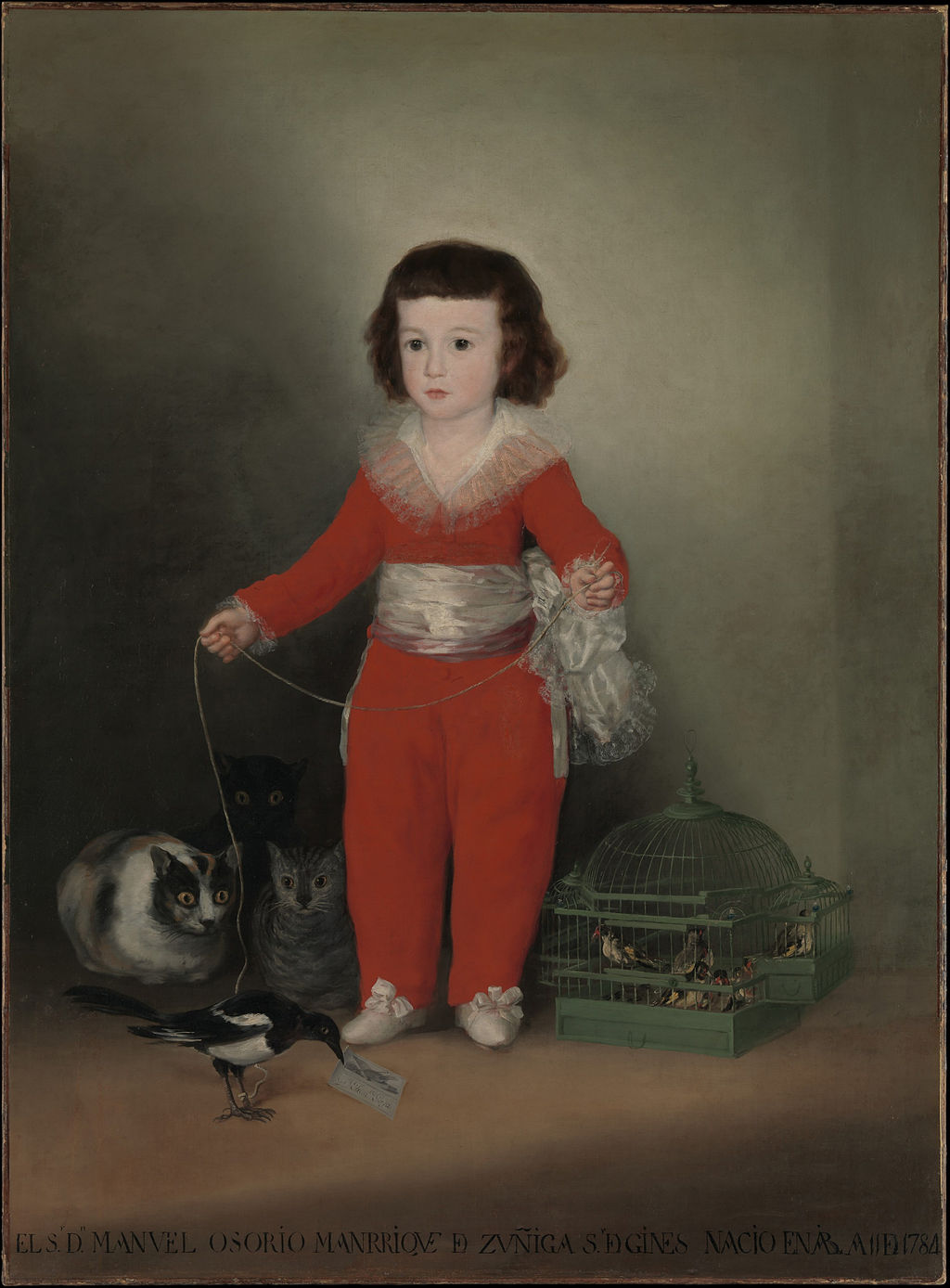
A representation of a “skeleton suit” by Goya, 1784
Boys were popped into dresses just like girls up until the late 18th century. Then, some little boys began to be dressed in pants or tight “skeleton suits” (above).
However, in the early 19th century boys were back to frocks again, this time as well as the long frocks of earlier years, they also wore shorter ones with matching bloomers. A nod to gentler days, practicality and play, perhaps?!

Elsie May and Gilbert H Grosvenor and son, Melville Bell, 1902 / image via Wikipedia
Return of the frock
It seems that pants on little boys were also a real barometer of how children were viewed and treated at the time. While children were originally seen as fragile mini-adults, and rushed from babyhood straight to adulthood (pants for boys!), with kindness often left wanting, in the early 19th century children began to be seen as evolving little beings.
Childrearing methods were being reformed slowly but surely, and kids were parented a little more kindly. The dresses now became a symbol of innocence and childhood, with young boys and girls dressed similarly to denote that they were all precious little people.
The years rolled on and from the mid 19th to the early 20th century, little boys again began to be uniformly dressed in shorts – which allowed for play and growth and were cheaper than full-length pants – or knickerbockers.
The boys in frocks things began to be phased out, perhaps as new ideas about boys and masculinity began to be phased in.
By around the 1940s boys were generally only seen in frocks when they were being christened.
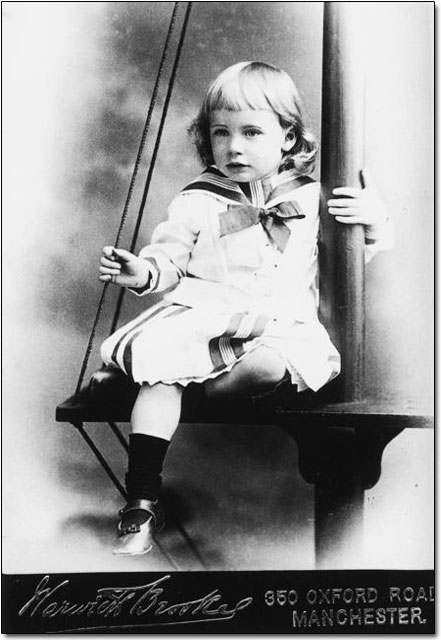
Boy in sailor-style dress, late 19th century / image via Wikipedia
So why did men get to the wear the pants, in the first place?
One theory is that pants were seen as menswear, primarily because they were thought to be more practical when horse riding. And originally riding was a wartime pursuit, primarily practised by males. Thus men wore the pants.
And then little boys wore the pants. Well, eventually. After they wore the frocks and the bloomers. #BringItBack




